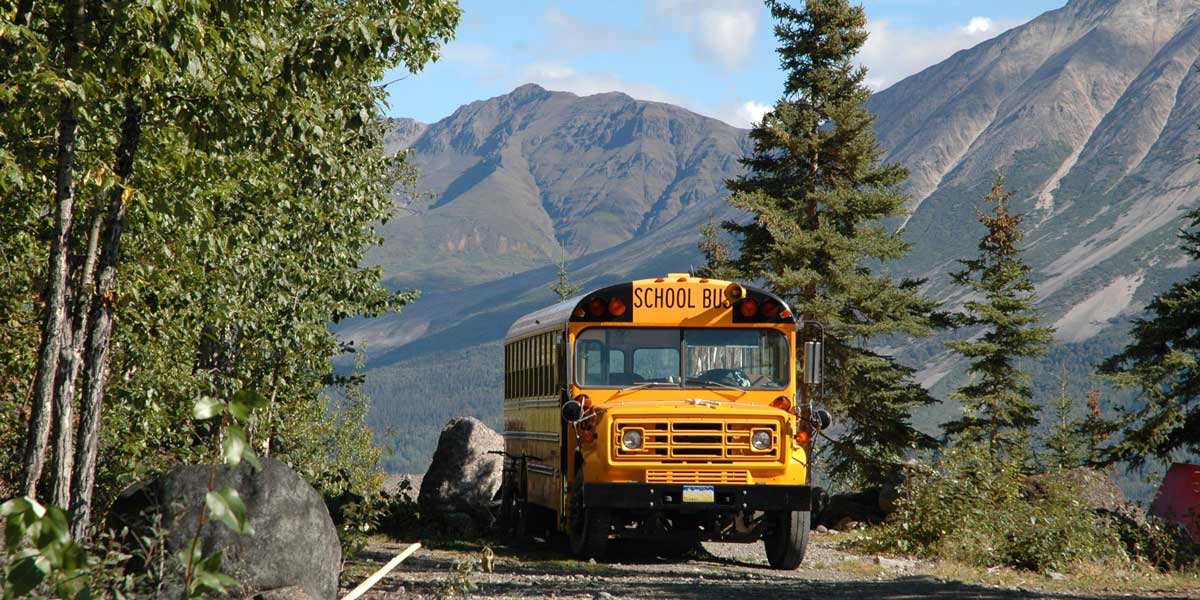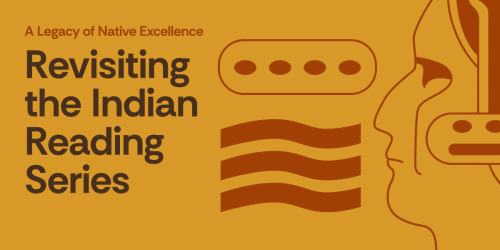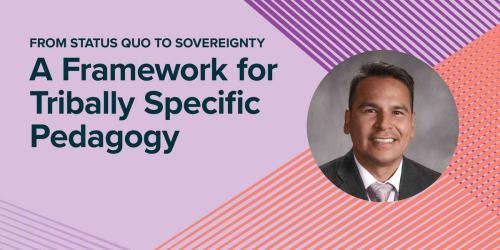Together, We Own Our Education: How Alaska Native Classrooms Can Become More Responsive to Culture

Imagine children yelling “Ggungliguk, noghniy, ggungliguk!” (“Run, rabbit, run”) during recess, counting and speaking in their language, playing under a sanx yix (smoke house) during playtime and researching nent’lit (red berries) as a part of their science program.
When our students come to school in the morning, they’re entering a space reflective of who they are—and who we are as family and as a community. Together, we own our education.
Besides being their teacher, I am my students’ cousin, auntie and even mother. I look to our traditional Deg Hit’an ways and parenting practices to teach the best way I can, integrating language learning and culture into the mainstream education system.
All subjects are taught to the appropriate content standards, but there is a strong filter—a cultural perspective that is woven throughout and deeply upholds the Deg Hit’an values and way of life.
It’s hands-on, it’s engaging and it’s constantly there.
Although recess, physical education and morning circle are great opportunities to practice language learning, we incorporate it throughout the school day.
For example, we’ve conducted lighan (silver salmon) science experiments that use specific drying methods taught locally, and we’ve created green screen videos of stories about animals that focus on language learning. In addition, we’ve developed language resources for family use and at-home learning.
In my classroom, you’ll see a drum used for singing, grasses and other materials local to our area, a model smoke house, conversational Deg Xinag (language) posted everywhere and animal tracks used to line up students.
As a school community, we use simple commands to direct students—such as dalik (quiet down), yiggidhedo (sit down), uxudeney (hurry up) and one’ (come)—and various other words in the language.
Unfortunately, this environment is not typical in many Alaska classrooms.
In Alaska, Alaska Native educators make up less than 5 percent of the teaching workforce in the state (in rural classrooms with over 90 percent Alaska Native students, this is especially problematic), and many schools and districts are plagued with high staff turnover mainly because of the culture shock teachers experience. I’ve witnessed many teachers leave communities after the first two weeks of school.
What is the solution? We need more Alaska Native educators, more cultural standards integrated into district curricula by teachers who stay, and we need more local ownership of the education system.
Although increasing the number of Alaska Native educators should be seen as a long-term goal across the state and within districts, communities and tribes can take ownership of their children’s education in the short term.
Through collaboration and partnership, tribes and schools can leverage resources to teach content that the community wants, engage in special cultural projects and create a year-round program that is reflective of local subsistence lifestyles.
In closing, it’s about the kids. And it’s because of them that we (as teachers, as community members and parents) are molding our education system that incorporates and embraces the Alaska Native culture—and to fit the needs of our students, families and community.
Sonta Hamilton Roach is a K–4 teacher in Shageluk, Alaska, where she was born and raised. After seven years away, she returned to her hometown, which has a population of about 100, to teach and raise her family. The school has just over 30 students (most of whom she is related to), and teachers focus on integrating cultural education and language learning into the classroom.



